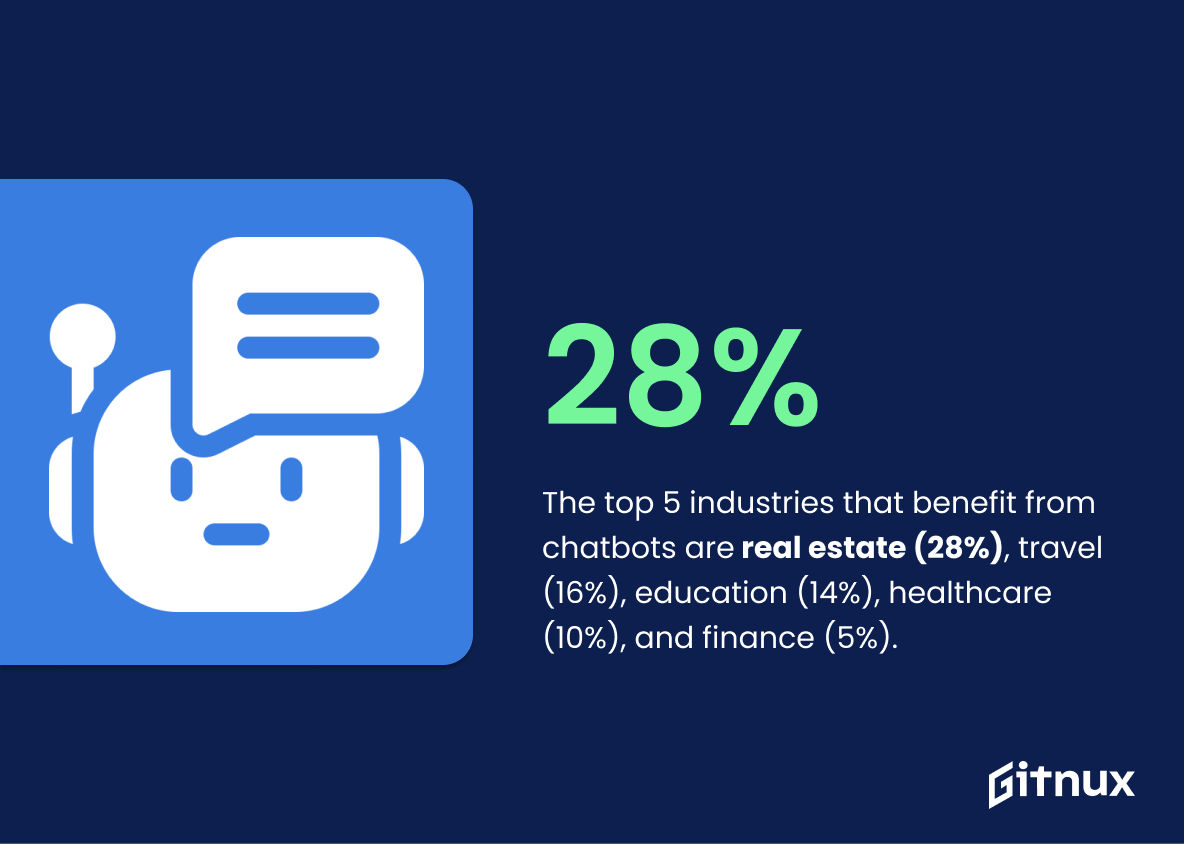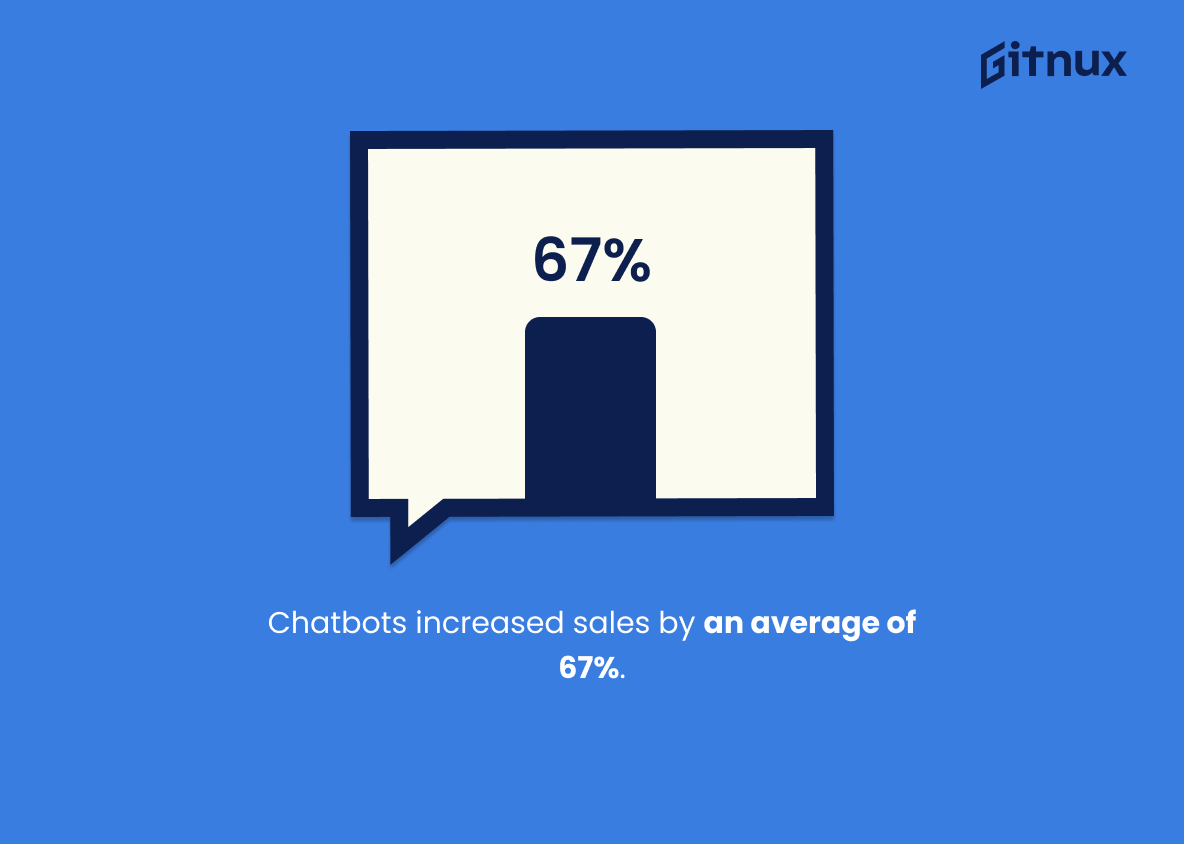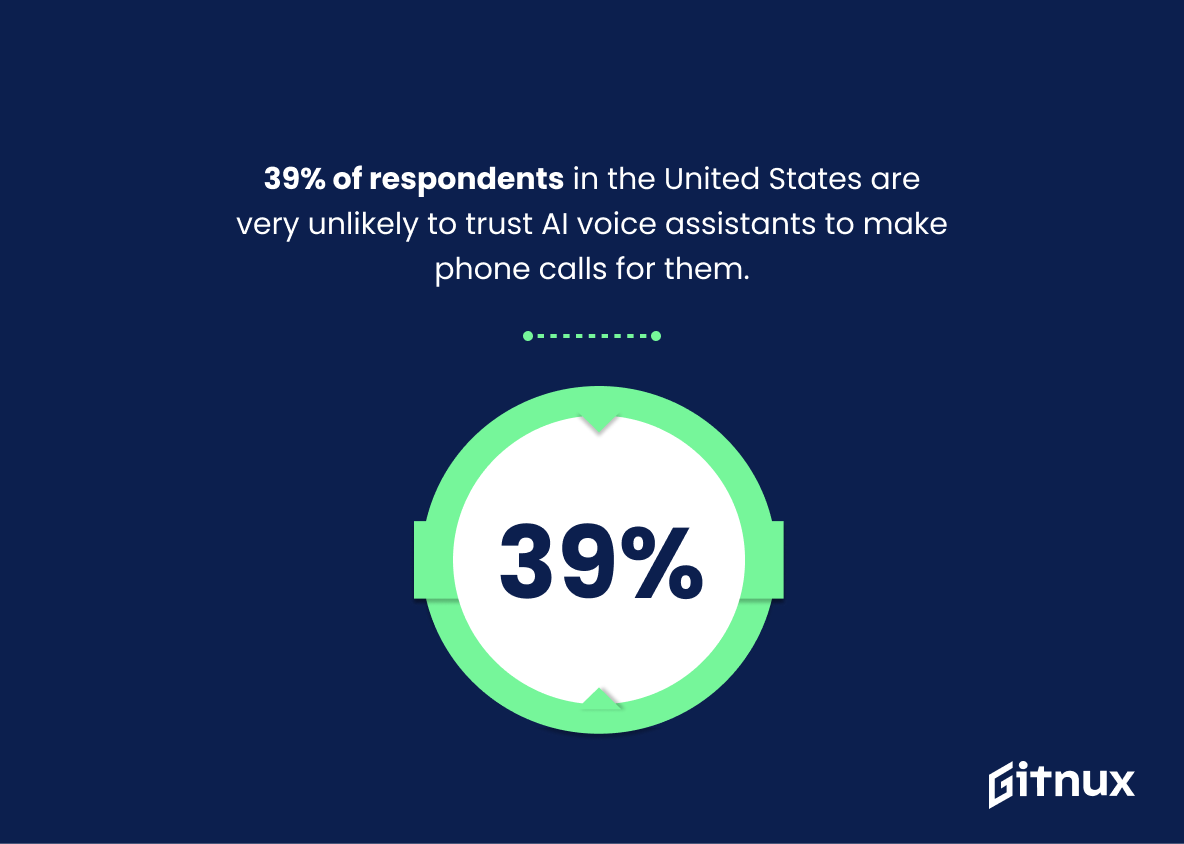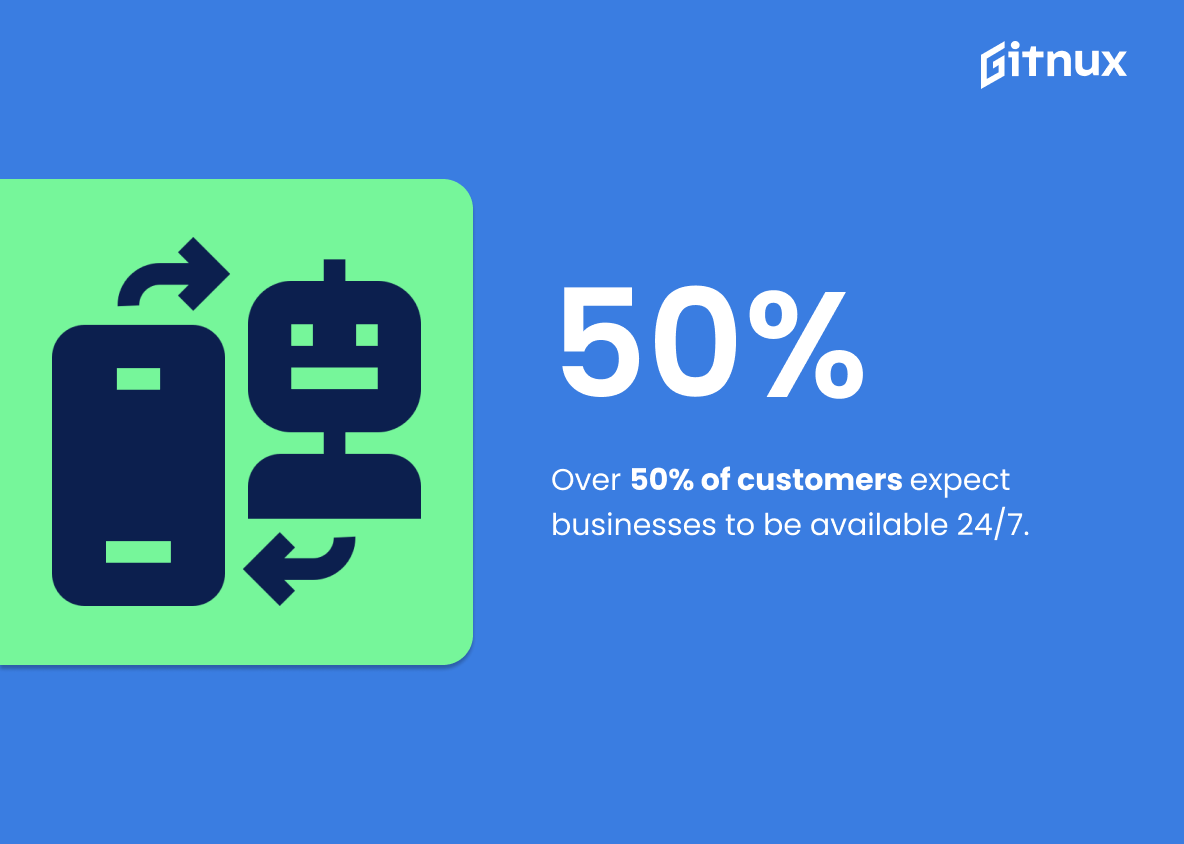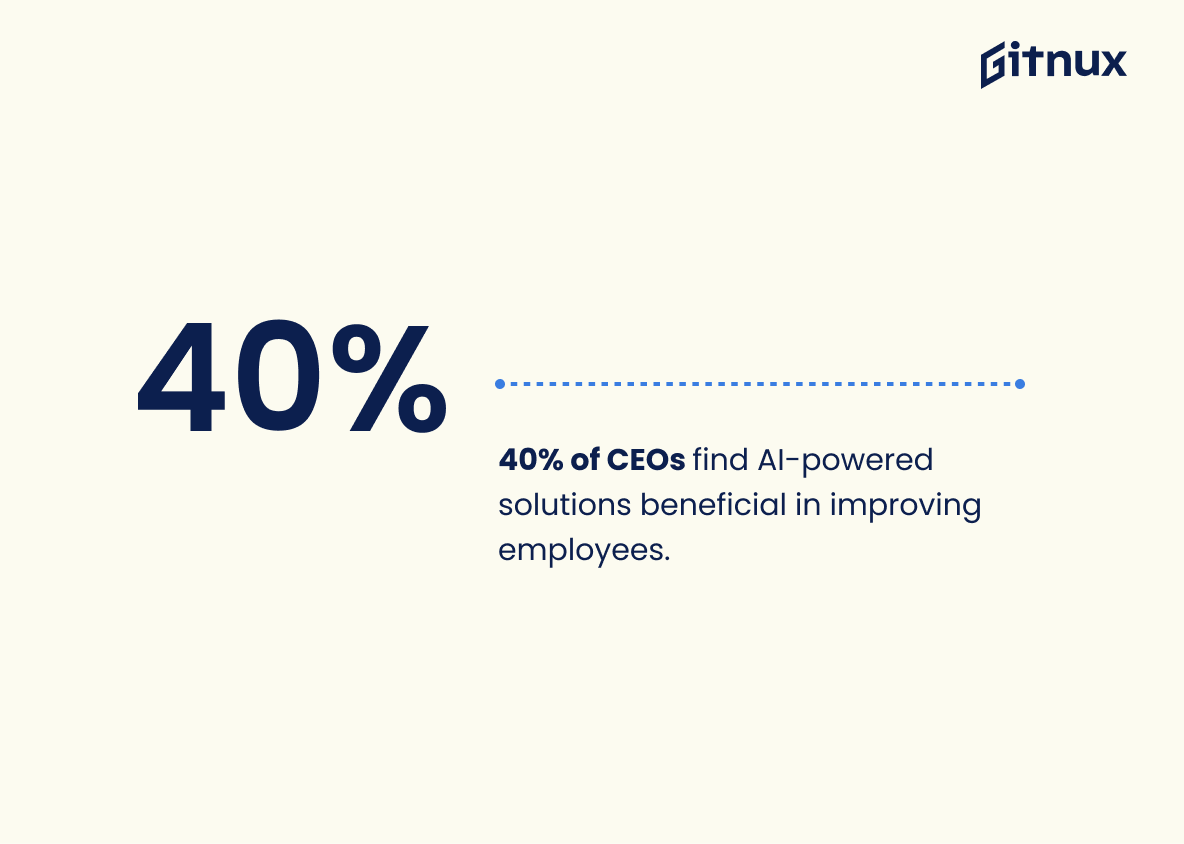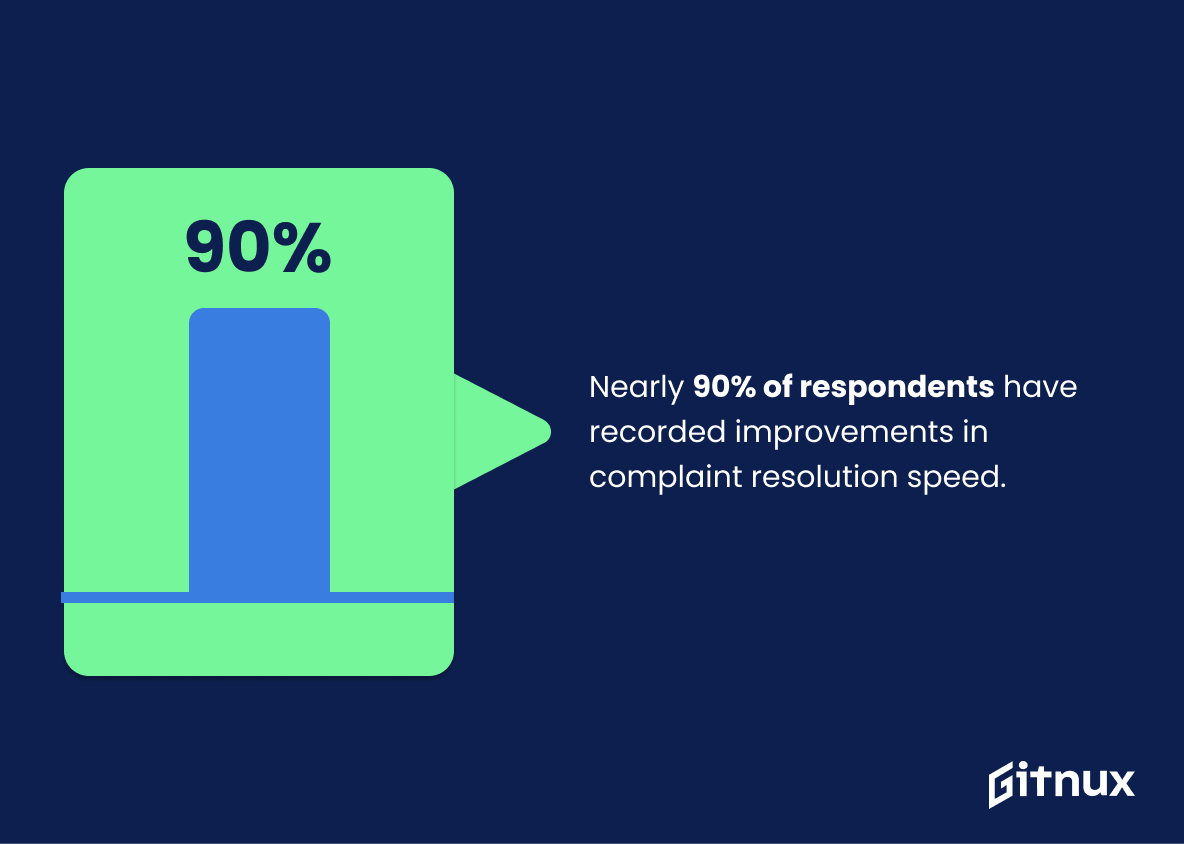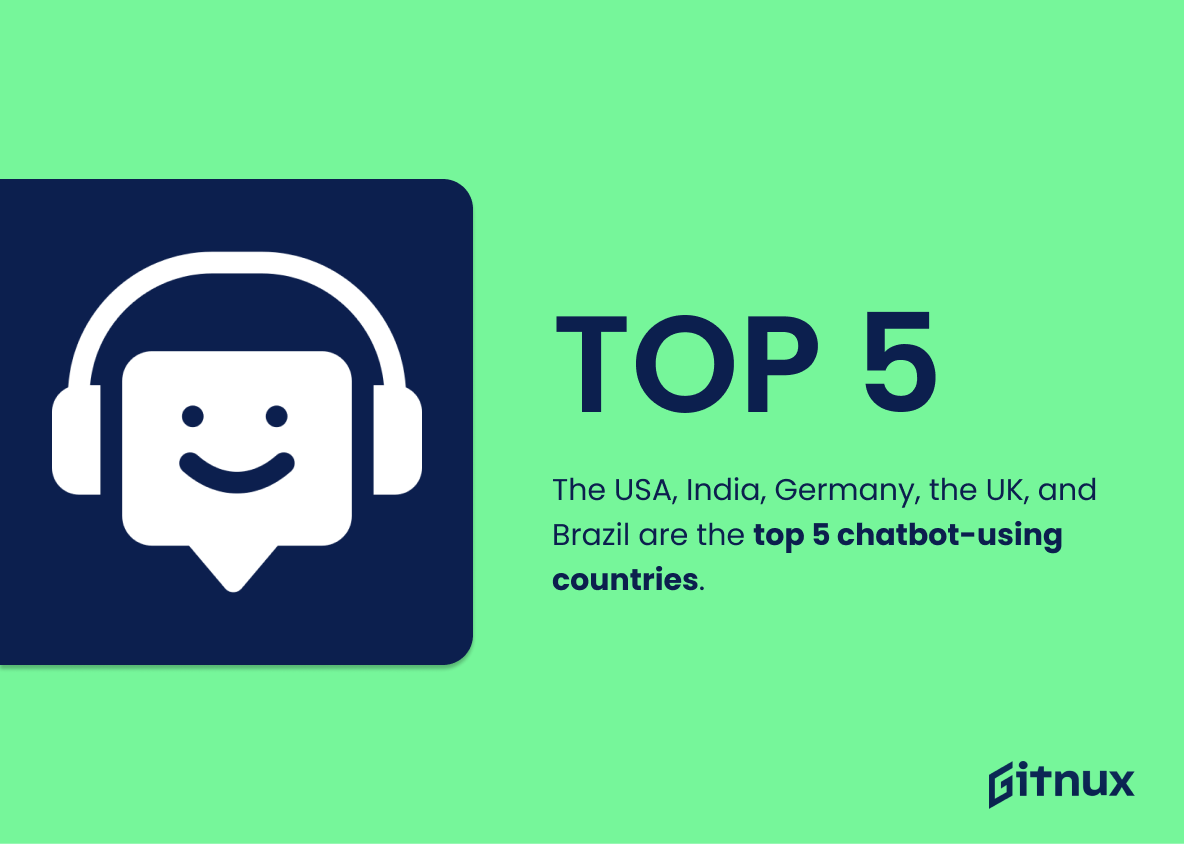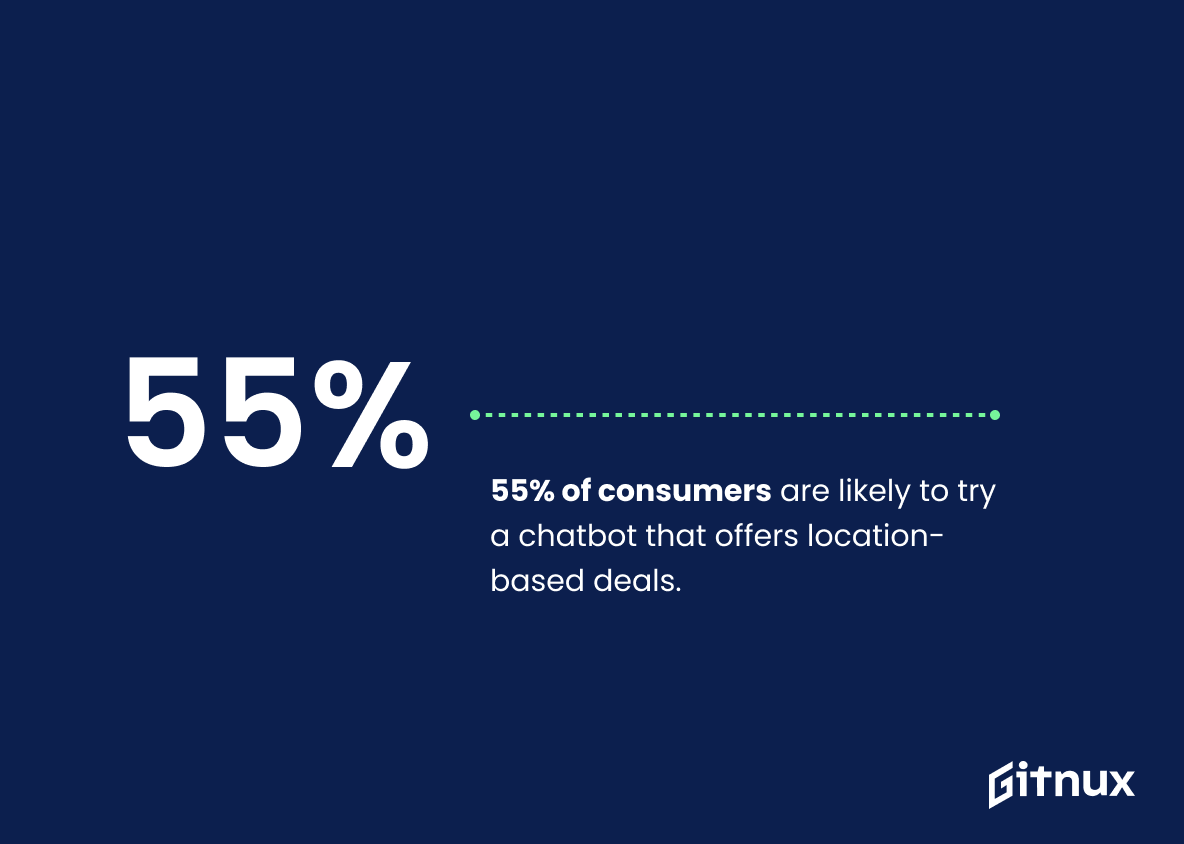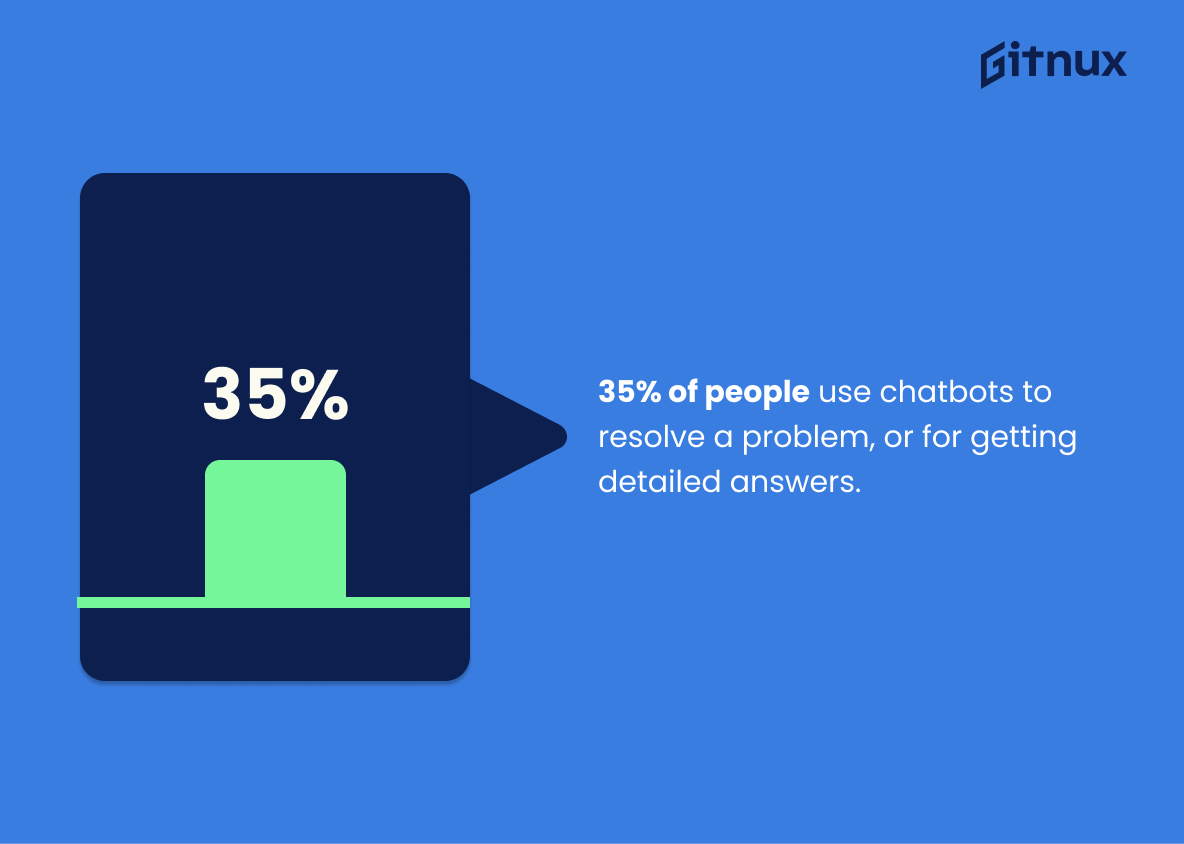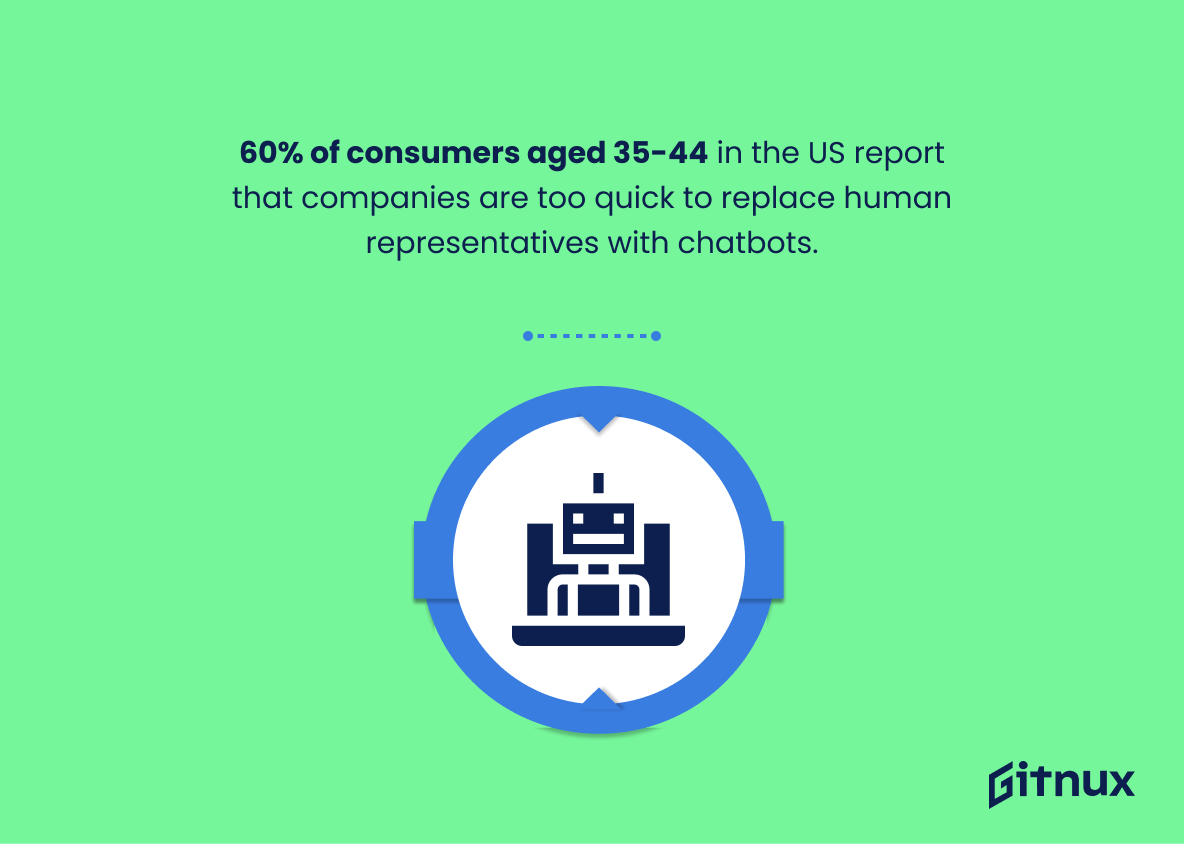Conversational AI is a rapidly growing technology that is transforming the way we interact with machines. In this market data report, we will be exploring the latest conversational AI statistics and its impact on the world. We will look at the current trends in the industry, the potential opportunities for businesses, and the challenges that come with implementing conversational AI. We will also discuss the potential benefits that conversational AI can bring to businesses and consumers alike. So, let’s dive in and explore the fascinating world of conversational AI.
Conversational AI: The Most Important Statistics
39% of respondents in the United States are very unlikely to trust AI voice assistants to make phone calls for them.
Chatbot-based retail sales are projected to increase by 98% annually, reaching $112 billion by 2023.
Conversational AI: Statistics Overview
The top 5 industries that benefit from chatbots are real estate (28%), travel (16%), education (14%), healthcare (10%), and finance (5%).
This statistic shows which industries are most likely to benefit from the use of chatbots, which can help businesses automate customer service and increase efficiency.
Chatbots increased sales by an average of 67%.
This statistic demonstrates the potential of chatbots to drive sales and generate revenue for businesses. It also shows that chatbots can be an effective tool for closing sales deals, as 35% of business leaders reported that chatbots helped them close sales deals.
The number of conversational AI M&A deals has increased significantly since 2016, with 21 deals already completed in 2019.
This statistic shows that conversational AI is becoming increasingly important in the business world. Companies are investing in technology, which indicates that it is becoming a more viable option for businesses to use in order to improve customer service and other operations. It also shows that technology is becoming more popular, which could lead to further investment and development in the future.
The global chatbot market was valued at 370 million USD in 2017 and is projected to grow rapidly in the coming years.
This statistic shows the potential for growth in the market and indicates that chatbot technology is becoming increasingly popular and profitable. This is important for businesses to consider when investing in conversational AI technology, as it shows that the market is likely to continue to grow in the future.
39% of respondents in the United States are very unlikely to trust AI voice assistants to make phone calls for them.
This statistic demonstrates the current level of trust people have in AI voice assistants. If people are not willing to trust AI voice assistants to make phone calls for them, it is unlikely that they will be willing to trust AI voice assistants to handle more complex tasks. Therefore, this statistic is important for understanding the current level of trust in conversational AI.
Over 50% of customers expect businesses to be available 24/7.
This shows that customers expect businesses to be available at all times. It means that businesses need to invest in conversational AI technology in order to meet customer expectations and provide a seamless customer experience.
Chatbot-based retail sales are projected to increase by 98% annually, reaching $112 billion by 2023.
This statistic shows the potential for chatbots to drive significant growth in retail sales, as well as the potential for cost savings for retailers. This highlights the importance of conversational AI in the retail industry and the potential for it to be a major driver of growth and cost savings.
40% of CEOs identified improving employee and 37% identified improving consumer experiences as the most frequent areas of their company that benefit from AI-powered solutions.
This statistic shows that a majority of CEOs recognize the value of using AI-powered solutions to improve both employee and consumer experiences. This indicates that conversational AI is becoming an increasingly important tool for businesses to leverage in order to create better experiences for their customers and employees.
Nearly 90% of respondents have recorded improvements in complaint resolution speed, and over 80% have noted enhanced call volume processing using AI.
This shows that using AI in customer service can lead to improved customer experience. AI can help automate processes, reduce response times, and improve customer satisfaction. This can lead to increased customer loyalty and better customer retention.
Nearly 80% of CEOs have changed or intend to change how they manage client engagement using conversational AI technologies.
This statistic shows how businesses are embracing new technologies to improve client engagement. By leveraging conversational AI technologies, businesses can better understand client needs, respond to inquiries quickly and accurately, and provide personalized customer experiences. This can lead to increased customer satisfaction, loyalty, and sales, which can ultimately help businesses reach their goals and objectives.
The USA, India, Germany, the UK, and Brazil are the top 5 chatbot-using countries.
This information reveals the current trends in the chatbot industry. Knowing which countries are using chatbots the most can help companies better target their chatbot marketing and development efforts. It can also give insight into which countries are leading the way in utilizing chatbot technology, which can help identify potential areas of growth and opportunity. Additionally, this statistic can inform research and development initiatives and help businesses better understand the needs and wants of their customers in different countries.
40% of shoppers don’t care if they’re helped by an AI tool or a human, as long as their question gets answered.
This fact indicates that shoppers are becoming more comfortable with the use of AI tools to provide customer service. It also suggests that businesses should invest in AI tools that can provide assistance to customers in order to improve customer experience. Additionally, this statistic signals that businesses should invest in training both their AI tools and human customer service representatives in order to ensure customers have access to the best possible answers to their questions.
Check out our latest Artificial Intelligence Statistics
55% of consumers are likely to try a chatbot that offers location-based deals.
This statistic gives businesses insight into how receptive consumers are to using chatbots to access location-based deals. This helps businesses better understand how they can use chatbots to promote their products or services and engage with their customers. Knowing the likelihood of consumers trying a chatbot for location-based deals can help businesses better tailor their marketing strategies and create more effective campaigns.
35% of people use chatbots to resolve a problem, or for getting detailed answers.
This statistic demonstrates that chatbots are becoming increasingly popular and widely used. Chatbots provide a convenient way for customers to get answers and resolve issues quickly, which can result in improved user experience and customer satisfaction. Additionally, it can save businesses time and resources by automating customer service inquiries and freeing up customer service personnel to focus on more complex issues.
60% of consumers aged 35-44 in the US report that companies are too quick to replace human representatives with chatbots.
This statistic is important because it indicates that consumers in this age range are not entirely comfortable with companies replacing human representatives with chatbots. Companies should take this into consideration when developing strategies for customer service and engagement. They should strive to create a balance between providing efficient customer service via chatbots and retaining a human element in the customer experience.
64% of businesses believe that chatbots will allow them to deliver a more customized customer support experience.
This statistic highlights the growing importance of chatbots in the customer service industry. As businesses strive to provide more personalized customer experiences, the use of chatbots is becoming increasingly popular. Chatbots can provide customers with fast, accurate responses to their inquiries, which can help to improve customer satisfaction and loyalty. By understanding the potential of chatbots, businesses can make the most of this technology to better serve their customers.
Supplementary Statistics
By 2025, the AI market size is expected to be worth $190 billion.
This speaks to the immense growth of the AI market and the increasing demand for AI-powered solutions. It is a clear indication that Conversational AI is here to stay and will continue to be a major player in the tech industry for years to come.
The global conversational AI market size was valued at $4.2 billion in 2019.
It shows that the market for Conversational AI is rapidly expanding, and that businesses are increasingly investing in this technology to improve customer service and automate processes. This statistic is a clear indication that Conversational AI is here to stay and is likely to become an integral part of our lives in the near future.
Between 2020 and 2027, the conversational AI market is expected to grow at a CAGR of 21.9%.
It is a clear indication that conversational AI is becoming increasingly popular and is likely to become an integral part of many businesses in the near future. This statistic is an important piece of information for anyone interested in learning more about the current and future state of conversational AI.
Nearly 80% of businesses will use conversational AI in some form by the end of 2020.
More and more companies are recognizing the potential of this technology and are investing in it to improve their customer service and other operations. This statistic is a clear indication that conversational AI is here to stay and is becoming an increasingly important part of the business landscape.
By 2022, 30% of customers’ interactions with technology will be through conversational AI platforms (compared to 3% in 2017).
It highlights the increasing importance of these platforms in customer interactions, and the potential for them to revolutionize the way businesses interact with their customers. It is a clear indication that conversational AI is here to stay, and that businesses should be prepared to embrace it in order to stay competitive.
By 2021, 15% of customer service interactions will be entirely handled by AI technologies.
AI is capable of taking on more complex tasks, and it can be used to provide customers with a more efficient and personalized experience. As such, this statistic is an important reminder of the potential of Conversational AI and its ability to improve customer service.
40% of large businesses have implemented some form of conversational AI in their operations.
Companies are slowly recognizing the potential of this technology and are investing in it to improve their operations. This statistic is a powerful indicator of the impact conversational AI is having on the business world and serves as a reminder of the importance of staying up to date with the latest trends in this field.
64% of people believe AI has the potential to improve customer service.
The majority of people are optimistic about the possibilities of AI, and that it is a technology worth investing in. This statistic is especially relevant to a blog post about Conversational AI Statistics, as it demonstrates the potential of this technology to improve customer service.
Chatbots can save businesses up to 30% in customer support costs.
By reducing customer support costs by up to 30%, chatbots can help businesses save money and increase their bottom line. This is an important statistic to consider when discussing the impact of Conversational AI on businesses.
Over 50% of businesses will spend more per annum on bots and chatbot creation than traditional mobile app development by 2021.
By 2021, more businesses will be investing in bots and chatbot creation than traditional mobile app development, indicating that conversational AI is becoming an increasingly popular and effective way to engage customers and streamline operations. This statistic is a clear indication that conversational AI is here to stay and is becoming an integral part of the business landscape.
By 2023, customers will not know that 35% of AI interactions are with a human or a bot.
This statistic is a clear indication of the potential of Conversational AI and its ability to revolutionize customer service.
67% of businesses believe they will lose customers if they don’t implement conversational AI.
It shows that the majority of businesses recognize the potential of conversational AI to improve customer experience and retain customers. This statistic is a strong argument for the value of conversational AI and should be included in any blog post about Conversational AI Statistics.
Over 50% of customers prefer interacting with a business through messaging apps.
Customers are increasingly looking for more convenient and efficient ways to interact with businesses, and messaging apps are becoming the preferred method. This highlights the need for businesses to invest in conversational AI technology to ensure they are providing the best customer experience possible.
By 2025, chatbot adoption is projected to save businesses $11 billion in customer care costs.
Businesses can save a significant amount of money by investing in chatbot technology, and that the technology is capable of providing a cost-effective solution to customer care. This statistic is a compelling argument for businesses to consider implementing Conversational AI in their customer service operations.
Conversational AI can reduce customer service costs by up to 40% for businesses.
By reducing costs by up to 40%, businesses can save money while providing a better customer experience. This statistic is a clear indication that Conversational AI is a viable solution for businesses looking to improve their customer service.
Chatbot interactions in the banking industry will save 862 million hours by 2023.
This is a clear indication of the potential of Conversational AI and its ability to revolutionize the banking industry.
86% of individuals would consider using a chatbot from a company they do business with.
It shows that the majority of people are open to the idea of using chatbots from companies they do business with, indicating that the technology is becoming more widely accepted and trusted. This is an important statistic to consider when discussing the impact of conversational AI on businesses and consumers.
The average consumer spends 72% more time communicating via text than voice.
This shift in communication habits has implications for the development of Conversational AI, as it suggests that text-based communication is becoming increasingly popular and may be the preferred method of communication for many people.
Conclusion
Conversational AI is a rapidly growing technology that has the potential to revolutionize the way businesses interact with customers.
The statistics show that the use of conversational AI is increasing, and businesses should take advantage of this technology to stay ahead of the competition.
With the right implementation, conversational AI can help businesses provide better customer service, increase customer satisfaction, and improve their bottom line.
References
AIMultiple: “90+ Chatbot/Conversational AI Statistics in 2023”, cited February 2023. (Source)
Chatbots Magazine: “Chatbot Report 2019: Global Trends and Analysis”, cited February 2023. (Source)
Forbes: “AI Stats News: Chatbots Increase Sales By 67% But 87% Of Consumers Prefer Humans”, cited February 2023. (Source)
Statista: “Number of conversational artificial intelligence (AI) merger and acquisition deals worldwide from 2016 to 2019”, cited February 2023. (Source)
Statista: “Size of the chatbot market worldwide in 2017 and 2024”, cited February 2023. (Source)
Statista: “How likely are people to trust conversational AI to make simple calls for them?”, cited February 2023. (Source)
VentureBeat: “3 stats that show chatbots are here to stay”, cited February 2023. (Source)
Juniper Research: “CHATBOT INTERACTIONS IN RETAIL TO REACH 22 BILLION BY 2023, AS AI OFFERS COMPELLING NEW ENGAGEMENT S”, cited February 2023. (Source)
PWC: “PwC 2022 AI Business Survey”, cited February 2023. (Source)
MIT Technology Review: “Humans + bots: Tension and opportunity”, cited February 2023. (Source)
Accenture: “CHATBOTS ARE HERE TO STAY”, cited February 2023. (Source)
ZipDo, cited June 2023: Conversational Ai Statistics
